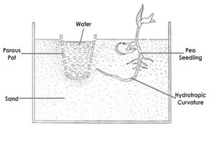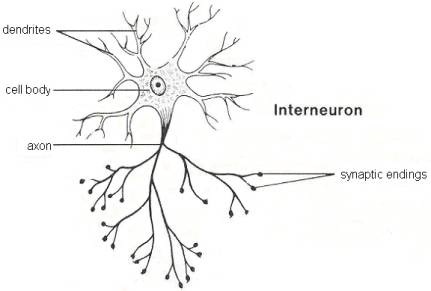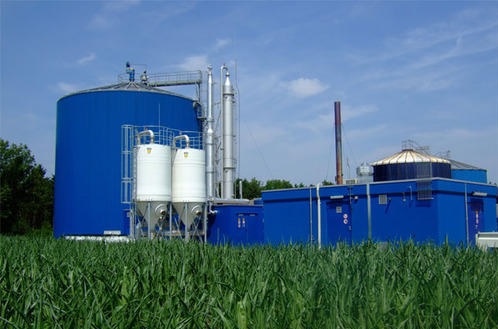ASSESSMENT: NCERT QUESTIONS WITH ANSWERS
1. What is difference between reflex action and walking?
Answer: The reflex action is an involuntary action which goes on automatically. We don’t have any control on this type of action. Walking, on the other hand is a voluntary action which can be controlled and modified by us.
2. What happens at the synapse between two neurons?
Answer: The electrical impulse running through axon releases some chemical substances called as Neurotransmitter. This impulse has to cross the synapse and to produce similar electrical impulse in the dendrite of the next neuron. This impulse goes forward and finally reaches to the muscle cell or the gland cell.
3. Which part of the brain maintains posture and equilibrium of the body?
Answer: Cerebellum
4. How do we detect the smell of an agarbatti (incense stick)?
Answer: Our forebrain has centre of smell which receives information regarding smell. Later, the information is analyzed in another part of this centre. Old information stored through early experiences is compared with the new information. If the new information tallies with the information in record, the brain derives conclusion that the particular smell relates to agarbatti.
5. What is the role of the brain in a reflex action?
Answer: The Brain is the principal coordinating centre of the body. It thinks and analyzes the information received through the spinal cord. It sends messages for reflex actions. Some reflex actions are controlled by the brain directly. Contraction of the pupil of our eyes in bright light is one such example.
6. What are Phytohormones?
Answer: Phytohormones are chemical messengers that coordinate cellular activities. In other words -Complex chemical substances synthesized in different parts of a plant that diffuse to their places of action and help in growth development and responses towards environmental stimuli are called as Phytohormones. Two examples of these hormones are Auxins, and Gibberellins.
7. How is the movement of Mimosa plant different from the movement of a shoot towards light?
Answer: The movement of the leaves of Mimosa plant occurs due to touch stimulus. In this case leaves of the plant droop down. This process is not involved in any type of growth. The response is quick. In contrast the movement of shoot towards light is a growth movement which is brought about due to light stimulus and catalyzed by light sensitive chemicals. The movement of shoot towards the source of light is not quick. It is gradual and the process of cell division plays a key role in this process.
8. Give an example of a plant hormone that promotes growth.
Answer: Auxins
9. How do Auxins promote the growth of a tendril around a support?
Answer: Auxin is synthesized in the apical portion of shoot. It always gets diffused into the part of shoot which remains in the areas that remain in shade. There it activates cell division and cell elongation. This leads to bending of stem. This is the reason why a tendril bends towards light which finally leads to its coiling around the support nearby.
10. Design an experiment to demonstrate hydrotropism.
Answer:
Aim: To design an experiment to demonstration hydrotropism.
Apparatus: Trough with perforated base, saw dust, water, seeds of pea/gram wooden support.
Procedure: Take a trough with perforated base. Fill it with saw dust. Moisten the same. Sow several seeds of Pea or Gram. Place the trough in slanting position by means of a wooden block. Keep the saw dust moist by sprinkling water at intervals. Observe after 2-3 days.
Observations: As the radicles come out the perforations. They come out of the pores and hang downwardly for some time under the influence of gravity. However, after some growth they bend back and enter the perforations to reach moist saw dust in complete disregard of gravity.
Inference: Bending of radicles back into moist saw dust is hydrotropic movement. It occurs despite being against the force of gravity.

11. How does the chemical coordination take place in animals?
Answer: The chemical coordination in animals is caused by animal hormones. In higher animals like man, chemical coordination is brought about by hormones that are secreted in endocrine glands. Hormones are complex chemical compounds that travel from their place of origin to distant tissues in the body to cause impact.
12. Why is the use of iodized salt advisable?
Answer: Iodine is essential for the endocrine gland named Thyroid. This gland is found in the anterior part of neck. Long term shortage of iodine in food causes swelling of thyroid gland of a person which appears as Goiter in the anterior neck. Iodine reaches into our bodies usually through drinking water and some food substances. People consuming iodine deficient water for longer periods in an area suffer from goiter which is a symptom of iodine deficiency. This is the reason why the use of iodine added salt is advised.
13. How does our body respond when adrenalin is secreted into the blood?
Answer: The adrenalin hormone is secreted by the ductless gland Adrenal. Adrenalin is dropped into the blood from where it spreads quickly into the blood stream and the whole body. It accelerates heart beat and increases the supply of oxygen into the whole body. The rate of respiration increases and the supplies of oxygen to muscles are enhanced. Due to these reasons the body of an animal becomes able to overcome adverse conditions.
14. Why are some patients of diabetes treated by giving injections of insulin?
Answer: Insulin is a hormone which is secreted by the Islets of Langerhans. These are endocrine glands found on pancreas. Insulin maintains the level of sugar in the blood. If secretion of insulin in a body is reduced or stopped by some reason, the level of sugar in its blood is raised. This condition causes many types of physical and physiological problems. It creates a disease called as diabetes. Such patients are given insulin hormone through injection.




